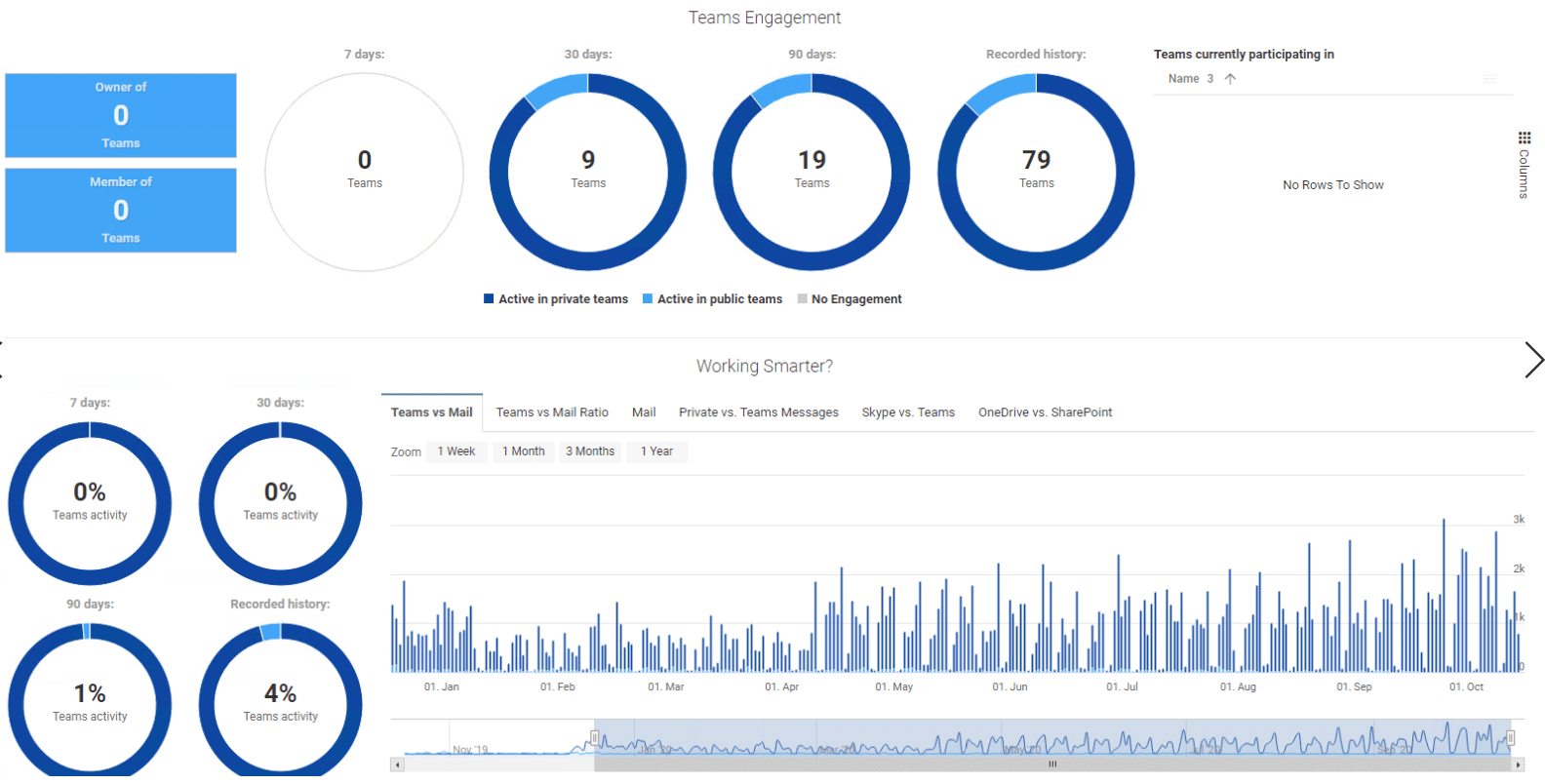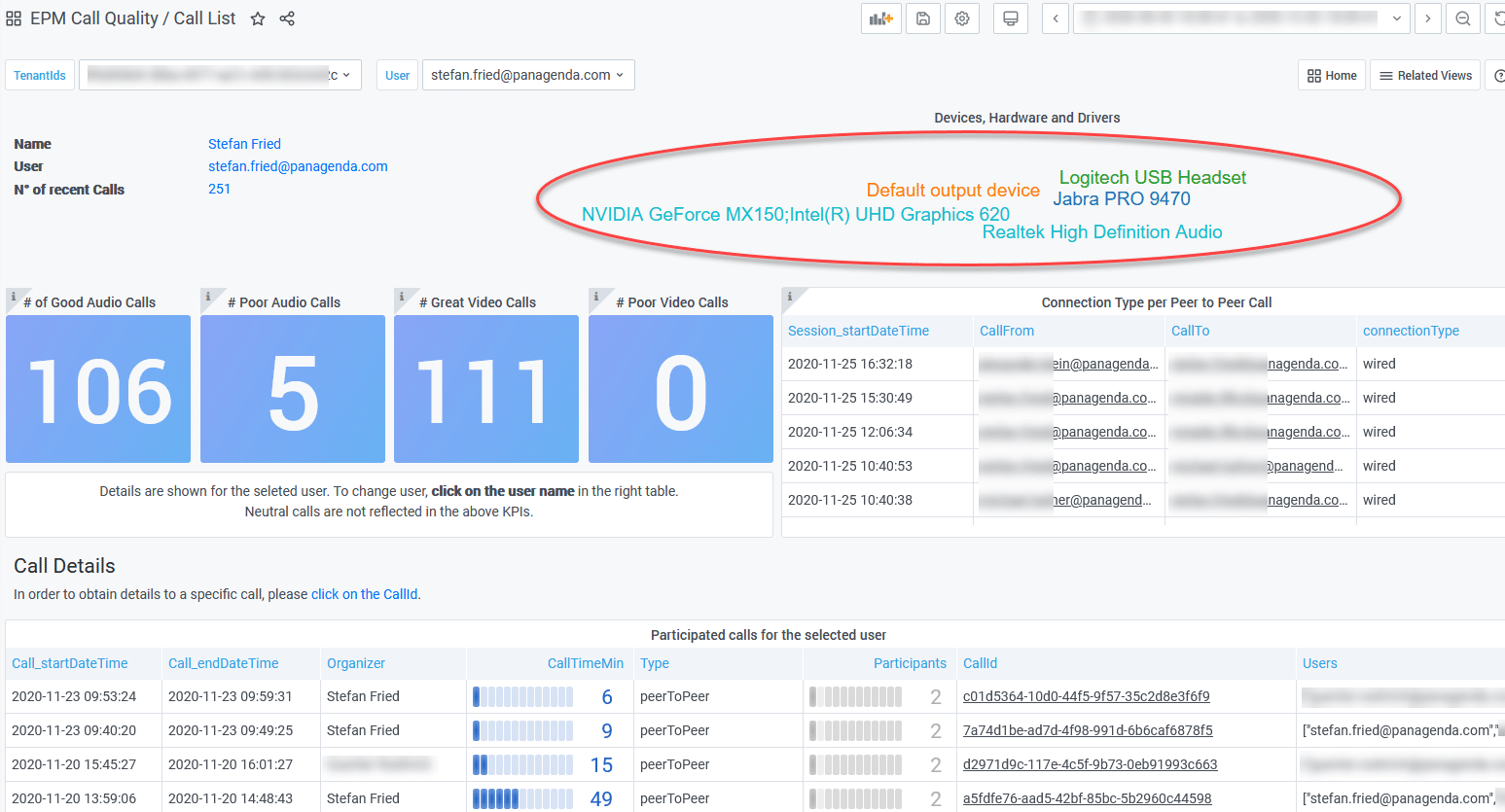Apparently, people are working longer hours during the pandemic. Gallup has pretty much confirmed it as well in some recently published research. Our obsession throughout the last few months to try to replicate the office environment online is taking its toll and causing employee burnout.
We don’t seem to have learned much about redefining the purpose of work, as a result of this massive experiment over the last few months, and we are all paying for it one way or another.
Digital Overload Preprogramed
Far too many virtual meetings, emails and private chats are the new digital overload. We miss our colleagues. We miss our face to face interactions, the bumping into one another in the corridors, the sharing of a coffee at the water cooler, the lunches with our teams, the social chit-chat before our next meeting, the gossip, etc. etc. Yet, employee burnout, while at the office environment, has been a rather poignant challenge for the last 20 years, way before the COVID-19 pandemic started.
Burnout is Not a Medal of Honor
So, employee burnout is a huge issue, perhaps, one of our biggest business conundrums in our recent history, whether you work at the office or whether you are working distributedly. We all know that. What can we do about it though? How can we turn this rather damaging challenge into an opportunity? Can it be that we may well have been looking into things from the wrong perspective right from the very beginning? Can data analytics of collaborative environments perhaps help us prevent, to a certain degree, such rampant levels of employee disengagement?
Most probably. In fact, earlier on this year, we have seen some glimpses when Gallup confirmed that working remotely is perhaps more effective, to the point where it makes us all become more involved, more engaged. But only if we start thinking of the nature of work in a slightly different manner than what we have been doing so far.
Our biggest mistake? Thinking we could profusely reproduce the face to face office environment online and still think we could get away with it. No. That didn’t work out all right. We need to do better than that. We must do better than that!
Ask the Questions that Count
When was the last time that you had an opportunity to use data analytics for collaborative environments, like, for instance, Microsoft 365, and do a deep dive to have a better understanding of why and how work happens? Why do people collaborate the way they do? Why do they prefer to use one digital tool over the other?
How do they adapt to these social, digital tools to get their work done more effectively? What new ways of working have they embraced (Specially, nowadays, in the midst of the pandemic) as a result of thinking AND doing different? When did they shifted to social networks and online communities as their operating model?
In a nutshell, when was the last time you looked into analytics for M365 to make sense of how work happens?
Far too many questions, I know! I hope though your answer to the very last one is not ‘Never!’. I seriously hope that you are thinking about it, if not doing some work around analytics already, because now that we are all working distributedly, we are pretty much sitting on a gold mine of data entry points that can certainly help us identify a good number of actionable insights to work on and, eventually, make things better at the (now distributed) workplace.
Not just for the organization, but eventually for the entire knowledge workforce.

Bloom Business from Within
You know, I have always believed data analytics is all about giving you the opportunity of asking tougher questions. To showcase the many dysfunctions organizations may well have. To identify new business opportunities. To create new markets, you may well not have been aware of so far. Eventually, to have the all-you-need at your fingertips in order to be able to influence the overall (digital) employee experience. Because, at the end of the day, that’s where it all starts.
If you would want to influence the overall customers’ experience, you will have a better chance if you start focusing on the employees’ first. Why? Well, you know the good old saying a bunch of us have been advocating for all along: happy employees = happy customers.
The Power of Analytics
From there onwards it is pretty easy to make the correlation of happy towards more engaged, involved, motivated, healthy employees. And less about disengagement, fatigue, and overall employee burnout. That’s the power of analytics in terms of showcasing the potential dysfunctions that may well be crippling your organization and find windows of opportunity to do better. Always do better.
For instance, when was the last time you did a deep dive into getting a better understanding of the different workloads employees are exposed to, based on the different digital tools and apps they are using on a more or less regular basis?
Leverage New Ways to Work
If you are seeing people sending more emails than ever, doing more private chats with their colleagues than ever, and, eventually, more virtual meetings than even face to face meetings when working at the office, then you know you have the opportunity to adjust, embrace and adapt to new behaviors, along the lines of working smarter, not necessarily harder.
Essentially, new working habits altogether where you would have perhaps the option to promote and advocate for working more distributedly, asynchronous, openly, transparently, through your networks and online communities vs. just your immediate teams. Indeed, when was the last time you did a workload comparison between email traffic and Microsoft Teams, for instance? Are you surprised about the digital overload taking place just trying to keep up with everything that’s happening?
Blessing and Curse of Virtual Meetings
Let’s see it with another example. Virtual Meetings. Yes, I know. We are all obsessed with them, aren’t we? Lately, it seems that if you are not engaged in back to back meetings for most of your workday you’re eventually not working. Seriously! Do we need just that one more meeting?
I am pretty sure we don’t, but if you do, what are you currently doing to help improve the overall digital employee experience when knowledge workers need to hop, once more, into that one other virtual meeting before they are done for the day? How can you help improve that user experience and avoid the frustration of poor connectivity, patchy access, blurred video image, cracking noises and what not? Is there anything you can do to perhaps establish some decent standards around their virtual meeting experience?
Conclusion for a Better Work Experience
Yes, employee burnout is real. Whether you are working at the office or whether you are working distributedly, it is happening across the board. But that doesn’t mean we can’t do anything to address it and mitigate it. In fact, we can do a whole lot more about it than we would probably care to admit. To me, it all starts when you tap into the gold mine of the data people produce when they collaborate across the board.
Eventually, perhaps without noticing, by making sense of data analytics, one actionable insight at a time, you are preparing yourself to see the unseen and improve on it. Always improve on it.
How panagenda Helps
That’s the choice. That’s our choice. Not just continuing to get work done more effectively, but eventually striking for that opportunity to also transform the way we work. All in all, with a little helper: OfficeExpert.




